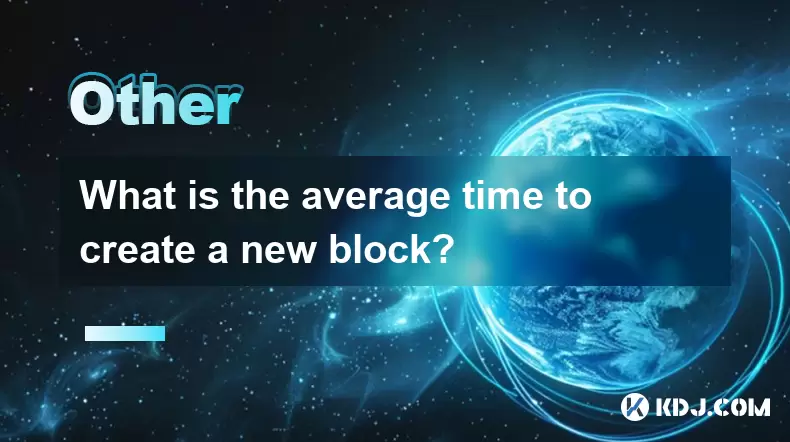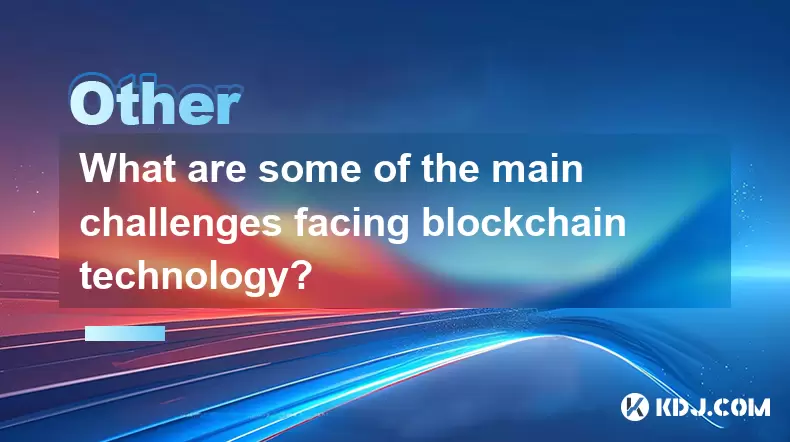-
 Bitcoin
Bitcoin $117300
1.99% -
 Ethereum
Ethereum $3884
5.89% -
 XRP
XRP $3.268
9.33% -
 Tether USDt
Tether USDt $1.000
0.02% -
 BNB
BNB $783.0
1.78% -
 Solana
Solana $173.6
3.51% -
 USDC
USDC $0.9999
0.00% -
 Dogecoin
Dogecoin $0.2193
7.00% -
 TRON
TRON $0.3380
0.30% -
 Cardano
Cardano $0.7769
5.08% -
 Stellar
Stellar $0.4350
9.36% -
 Hyperliquid
Hyperliquid $40.23
5.78% -
 Sui
Sui $3.739
6.95% -
 Chainlink
Chainlink $18.30
9.46% -
 Bitcoin Cash
Bitcoin Cash $581.7
2.11% -
 Hedera
Hedera $0.2577
5.51% -
 Ethena USDe
Ethena USDe $1.001
0.00% -
 Avalanche
Avalanche $23.08
4.23% -
 Litecoin
Litecoin $121.7
2.24% -
 UNUS SED LEO
UNUS SED LEO $8.962
-0.34% -
 Toncoin
Toncoin $3.332
1.36% -
 Shiba Inu
Shiba Inu $0.00001273
3.39% -
 Uniswap
Uniswap $10.35
6.84% -
 Polkadot
Polkadot $3.818
4.01% -
 Dai
Dai $1.000
0.01% -
 Bitget Token
Bitget Token $4.446
2.13% -
 Cronos
Cronos $0.1491
4.96% -
 Monero
Monero $255.4
-9.78% -
 Pepe
Pepe $0.00001099
4.80% -
 Aave
Aave $284.0
8.01%
does blockchain have a future
"Blockchain's decentralized and immutable nature ensures secure and transparent data recording, making it a promising tool for applications ranging from finance to healthcare."
Oct 13, 2024 at 10:00 pm

Blockchain: A Promising Future Ahead
1. Definition of Blockchain
A blockchain is a decentralized digital ledger that records transactions across a network of computers. It is secure, immutable, and transparent. Each block in the chain contains a hash of the previous block, a timestamp, and transaction data.
2. Key Features of Blockchain
- Decentralization: No single entity or group controls the blockchain. It is managed by a distributed network of computers.
- Security: Cryptography protects the data stored on the blockchain, making it highly resistant to hacking and fraud.
- Immutability: Once a transaction is recorded on the blockchain, it cannot be altered or reversed without consensus from the network.
- Transparency: All transactions on the blockchain are publicly visible and auditable.
3. Applications of Blockchain
Blockchain technology has numerous potential applications across various industries:
- Finance: Cryptocurrencies, digital payments, supply chain management
- Healthcare: Electronic health records, medical research
- Supply Chain: Tracking and tracing goods from origin to destination
- Identity Management: Secure and verifiable digital identities
- Government: Voting systems, public records
4. Challenges and Limitations
Despite its many advantages, blockchain also faces some challenges:
- Scalability: Current blockchain networks can handle limited transactions per second, limiting their use for broader applications.
- Energy Consumption: Proof-of-Work consensus mechanisms used by some blockchains consume a significant amount of energy.
- Interoperability: Different blockchains operate independently, making it difficult to exchange data and functionality.
- Regulations: Regulatory frameworks for blockchain technology are still under development and can vary by jurisdiction.
5. Future Outlook
Blockchain technology is evolving rapidly, with significant advancements expected in the coming years:
- Enhanced Scalability: Layer-2 solutions and new consensus algorithms are being developed to improve transaction throughput.
- Reduced Energy Consumption: Proof-of-Stake and other energy-efficient consensus mechanisms are gaining acceptance.
- Interoperability: Interoperability standards and bridging technologies are being explored to facilitate communication between blockchains.
- Adoption by Enterprises: Major companies and institutions are increasingly exploring blockchain-based solutions for efficiency and innovation.
Conclusion
Blockchain technology holds immense potential to transform various industries and reshape the way we live and interact. Despite its current limitations, ongoing advancements and growing adoption indicate a bright future for blockchain in the years to come.
Disclaimer:info@kdj.com
The information provided is not trading advice. kdj.com does not assume any responsibility for any investments made based on the information provided in this article. Cryptocurrencies are highly volatile and it is highly recommended that you invest with caution after thorough research!
If you believe that the content used on this website infringes your copyright, please contact us immediately (info@kdj.com) and we will delete it promptly.
- Cold Wallet Crypto in 2025: The Future is Now, Ya'll
- 2025-08-08 05:10:13
- MAGACOIN, SOL, and ADA: A Tale of Shifting Tides in Crypto
- 2025-08-08 05:10:13
- SHIB Price, PEPE, and the Memecoin Supercycle: Who Will Reign Supreme?
- 2025-08-08 05:50:12
- Pudgy Penguins Price Prediction: Google Trends & Breakout Signals
- 2025-08-08 05:50:12
- UAE Crypto Regulation: SCA and VARA Unite to Streamline the Future of Digital Assets
- 2025-08-08 05:55:48
- MAGACOIN Finance: The Presale Phenomenon Rocking the Crypto World
- 2025-08-08 05:55:48
Related knowledge

What is the purpose of a nonce in mining?
Aug 04,2025 at 05:56pm
Understanding the Role of a Nonce in Cryptocurrency MiningIn the world of cryptocurrency mining, the term nonce stands for 'number used only once.' Th...

Can data on a blockchain be deleted?
Aug 05,2025 at 04:00am
Understanding Blockchain ImmutabilityThe core principle behind most blockchain systems is immutability, which means that once data is recorded onto th...

What is the difference between on-chain and off-chain transactions?
Aug 02,2025 at 04:22pm
Understanding On-Chain TransactionsOn-chain transactions refer to digital asset transfers that are recorded directly on a blockchain ledger. These tra...

What is the average time to create a new block?
Aug 06,2025 at 09:21pm
Understanding Block Creation in Blockchain NetworksThe average time to create a new block varies significantly depending on the specific blockchain pr...

How are blocks linked together?
Aug 04,2025 at 06:56am
Understanding the Structure of a BlockchainA blockchain is a decentralized digital ledger composed of a sequence of blocks, each containing a list of ...

What are some of the main challenges facing blockchain technology?
Aug 07,2025 at 02:58am
Scalability Constraints in Blockchain NetworksOne of the most persistent challenges in blockchain technology is scalability. As blockchain networks gr...

What is the purpose of a nonce in mining?
Aug 04,2025 at 05:56pm
Understanding the Role of a Nonce in Cryptocurrency MiningIn the world of cryptocurrency mining, the term nonce stands for 'number used only once.' Th...

Can data on a blockchain be deleted?
Aug 05,2025 at 04:00am
Understanding Blockchain ImmutabilityThe core principle behind most blockchain systems is immutability, which means that once data is recorded onto th...

What is the difference between on-chain and off-chain transactions?
Aug 02,2025 at 04:22pm
Understanding On-Chain TransactionsOn-chain transactions refer to digital asset transfers that are recorded directly on a blockchain ledger. These tra...

What is the average time to create a new block?
Aug 06,2025 at 09:21pm
Understanding Block Creation in Blockchain NetworksThe average time to create a new block varies significantly depending on the specific blockchain pr...

How are blocks linked together?
Aug 04,2025 at 06:56am
Understanding the Structure of a BlockchainA blockchain is a decentralized digital ledger composed of a sequence of blocks, each containing a list of ...

What are some of the main challenges facing blockchain technology?
Aug 07,2025 at 02:58am
Scalability Constraints in Blockchain NetworksOne of the most persistent challenges in blockchain technology is scalability. As blockchain networks gr...
See all articles

























































































